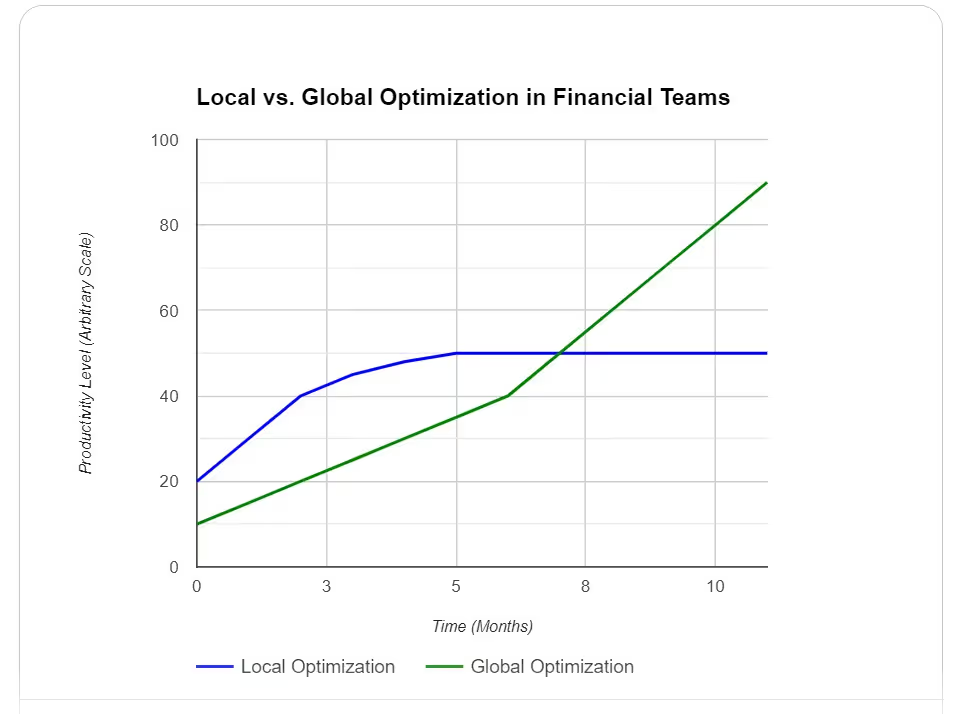Expanding HR Capabilities to Meet New-Age Workforce Requirements
In recent discussions, a significant shift has become apparent. For the first time in a year and a half, there’s a widespread acknowledgment that Human Resources (HR) departments lack the true capacity required to address the multitude of challenges the organizations face. This trend marks a notable change in direction. Over the past 18 months, many companies have failed to adequately invest in their HR functions, even as the scope and complexity of HR-related issues have expanded. HR teams are actively exploring various opportunities to enhance their effectiveness and efficiency. Below is an expanded list of initiatives Talent Acquisition (TA) and Workforce Planning (WFP) are focusing on:
- Surge in Inbound Resumes: The surge in inbound resumes has highlighted the need for sophisticated techniques to parse and efficiently leverage this wealth of data. The application of data science and analytics in sifting through these resumes is becoming increasingly critical.
- Compliance: As systems and recruitment channels grow, TA compliance aspects have increased multifold. (across job postings, interviewing, checks, references, and followups, TAs have a lot to do)
- Productivity Modeling by WFP: Workforce Planning delves into various productivity metrics, employing models to understand better and enhance workforce efficiency.
- Benchmarking and Role Evolution Analysis: WFP also benchmarks against peer organizations to gauge org ratios and identify emerging roles and competencies within the industry.
- Base Assets vs New Assets: HR departments are strategizing to not only refine existing skill sets within their organizations but also to cultivate new capabilities, ensuring a dynamic and adaptable workforce.
- Gen AI Builders vs Gen AI Consumers: A distinction is being made between the skills necessary for those building AI technologies and those using them, with HR seeking to understand and develop these distinct competencies.
- Examining existing Performance Rating systems: Research led by Alan Benson and colleagues at the University of Minnesota (paper titled “Potential” and the Gender Promotion Gap) highlights how subjective evaluations of employee potential contribute to gender disparities in promotions and compensation. This insight is prompting global HR leaders to reassess evaluation criteria continuously.
- Combatting Occupational Stereotypes: Recent analyses, such as one from the U.S. Bureau of Labor Statistics, reveal persistent gender and racial biases in various occupations—a trend not confined to the U.S. but prevalent in many global markets.
- Skill Clusters Versus Individual Skills: There is a growing recognition of the importance of understanding skill clusters—broad competencies such as Generative AI expertise—rather than focusing solely on individual skills to grasp how talent ecosystems evolve in specific locations.
- Nearshore Capacity Building: Organizations are exploring nearshoring for complex tasks, running scenarios to determine how nearshore resources can supplement their workforce effectively.
- Piloting Generative AI in HR: Pilot projects are being initiated to explore the impact of Generative AI across HR activities, from recruitment to employee engagement, aiming to understand how AI can transform the HR value chain.
These initiatives underscore the expanding role of HR, which, beyond its traditional responsibilities of compliance, ethics, and now AI safety, is navigating through an increasingly complex array of challenges. The sudden proliferation of initiatives reflects the pressing need for HR departments to evolve rapidly, underscoring the urgency of expanding HR capacities and capabilities to meet these new demands.
Organizational productivity has taken center stage in many analyses. We discussed a few things in one recent workshop.
Methodology for Modeling Productivity Impact
- Model current workflow: Quantify data processing times, task dependencies, and productivity impact of data delays within the team (say we are interested in analyzing Finance job function)
- Analyze/Simulate local AI interventions: Evaluate the potential productivity gains from applying AI to tasks within individual roles while maintaining the data delivery bottleneck.
- Analzye the impact of Applying gen AI in a common task that constraints the whole job function (as opposed to just a Job role): For example, in Finance, this is often the time lost in waiting for data dependent on IT teams to deliver the same
- Model Gen AI-powered data delivery: Assess the potential efficiency improvement if AI streamlines data access and delivery, removing the IT dependency for all roles. (In this case)
- Compare outcomes: Quantify and compare the productivity gains achieved through local and global AI interventions to demonstrate the superiority of addressing the global constraint.
Such a systemic view will help us transform the organization faster and more efficiently.
Global Optima is always better than Local Optima. A simple illustration to represent this (Thanks to Google’s recently launched Gemini, which is certainly superior in graphs and diagrams in case you have not tried it)

Overall, we are pretty excited about HR’s role under emerging circumstances. If we plan the initiatives correctly, we can accelerate transformation and adaptation and make the enterprises genuinely care for a great workplace.










.svg)




















.svg)





.svg)
